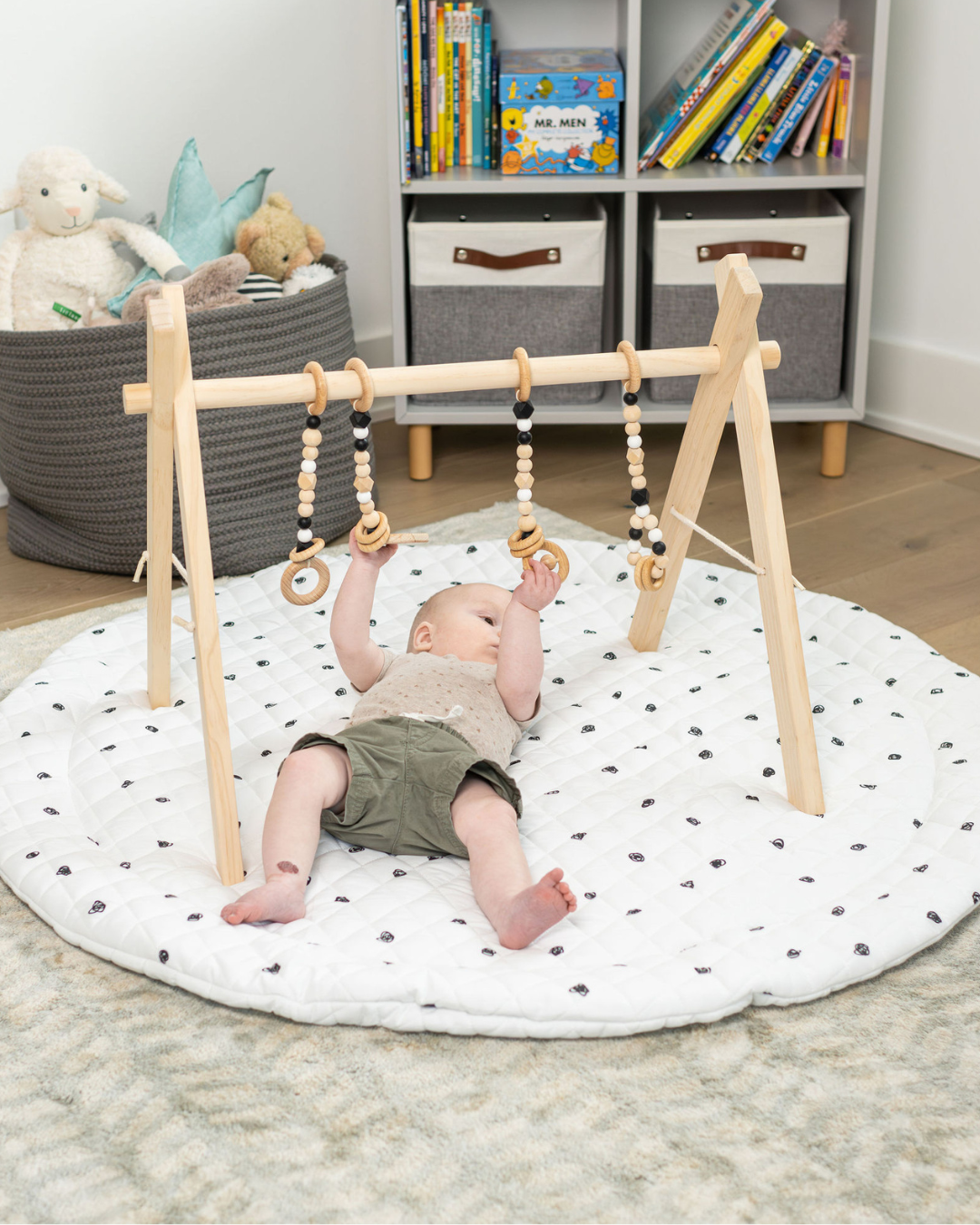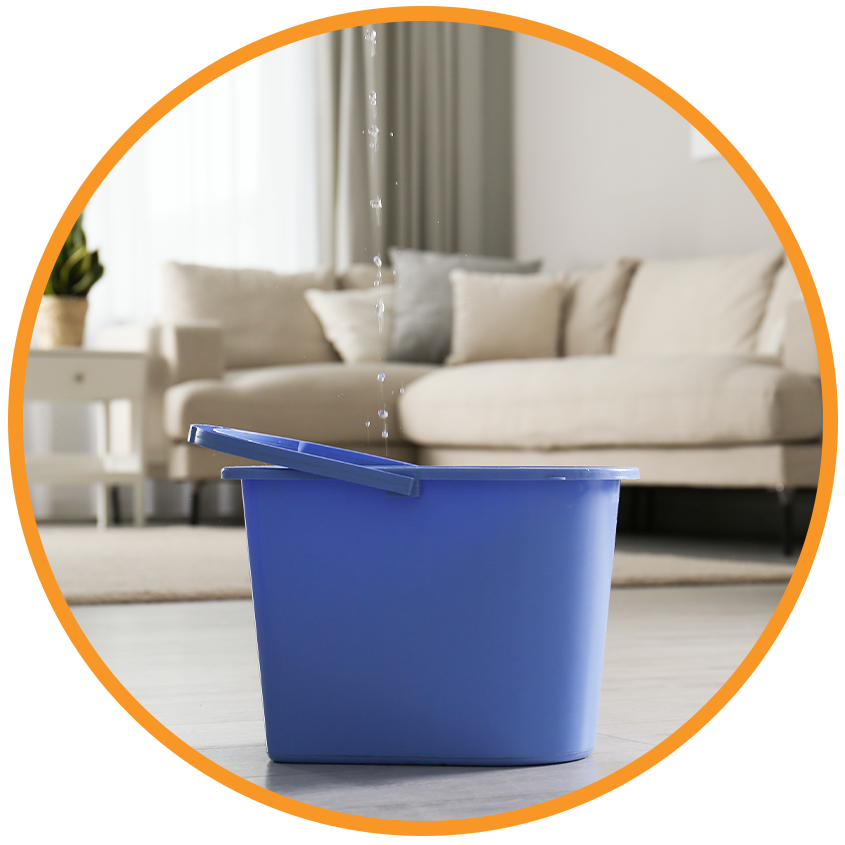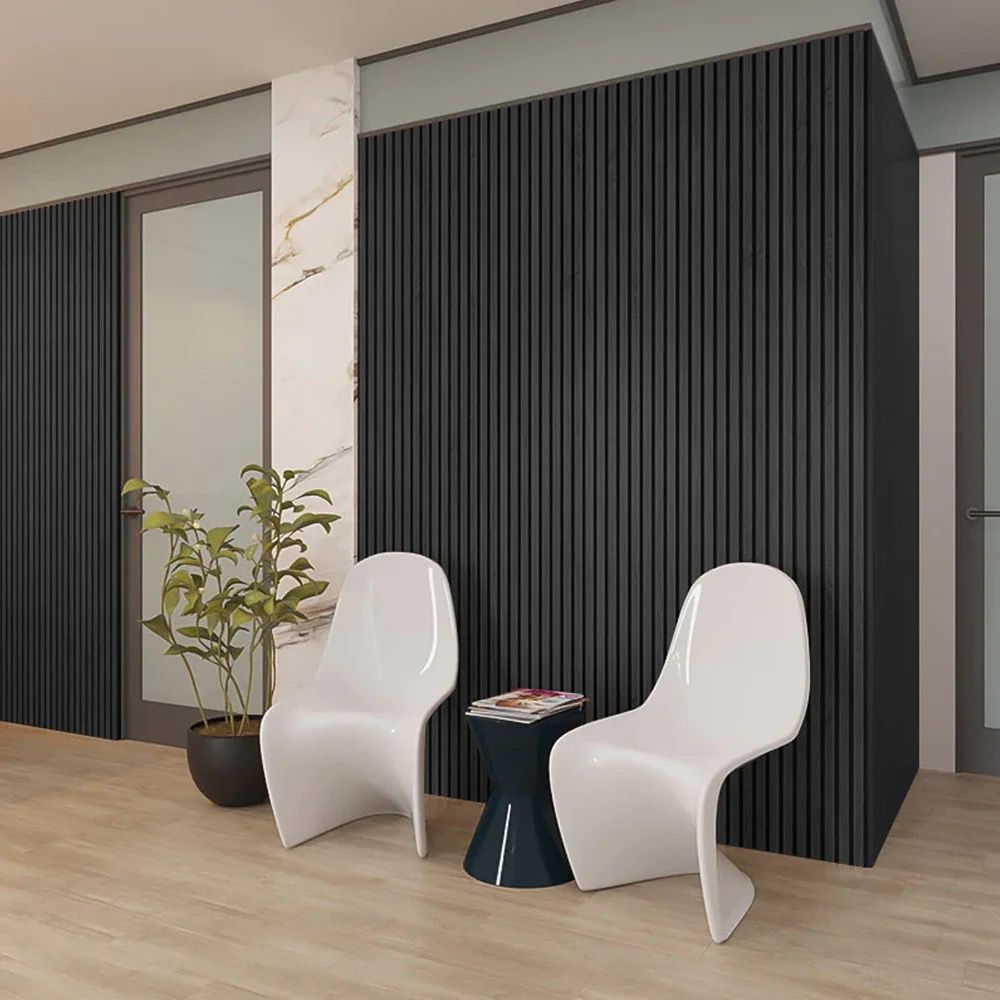It’s late. You’re standing outside your home, patting your pockets again like it’ll somehow change the outcome. The keys? Not there. The door? Firmly shut. And your phone battery is hanging on by a thread. Getting locked out of your house in Calgary isn’t just inconvenient—it can be downright stressful.
But don’t panic. Whether it’s your front door, back gate, or garage lock that’s giving you grief, there’s a solution. You just need the right locksmith in Calgary—one who shows up fast, knows their stuff, and won’t leave your wallet empty.
Let’s break it down.
Why You Need a Local Locksmith (And Not Just Any Locksmith)
Calgary’s weather doesn’t play nice. You don’t want to be stuck outside when it’s freezing or pouring rain. That’s where hiring a mobile locksmith comes in. A mobile locksmith operates on the go and brings the tools directly to you—no towing, no waiting, no stress.
More importantly, a local pro knows the area. They won’t waste time fumbling with GPS or getting stuck in the wrong quadrant of the city. They’ll also understand what types of locks are common in Calgary homes, which helps them get the job done quicker and safer.
When emergencies strike, like being locked out of your house in Calgary, time is everything. That’s why finding a trustworthy emergency locksmith in Calgary can be a lifesaver—literally.
What Makes a Good Locksmith?
Let’s be honest—not all locksmiths are created equal. Some show up late, quote one price then charge another, or leave your door frame looking like it lost a fight. So, what should you look for?
Speed – Emergencies don’t wait. Neither should you. A good locksmith arrives within 30–60 minutes max.
Experience – They’ve seen it all: jammed deadbolts, snapped keys, faulty smart locks.
Upfront pricing – No surprise fees or “weekend” surcharges you didn’t agree to.
Proper licensing and ID – This isn’t just about trust—it’s about your safety.
If you’re searching for a dependable provider who ticks all these boxes, Rock Locksmith Calgary offers a mobile team that’s fully trained, certified, and ready 24/7. They understand urgency, and they actually show up when they say they will.
Residential Locksmith Services – More Than Just Lockouts
Sure, getting back inside your home is priority number one when you’re stuck outside. But a residential locksmith offers way more than emergency fixes. They can help upgrade your entire home’s security without making it look like Fort Knox.
Here’s what else they can do:
Rekeying locks after a breakup, roommate move-out, or lost key
Installing deadbolts and smart locks that match your home’s style
Fixing sticky locks before they become real problems
Garage and patio door lock repairs for better full-home coverage
A well-rounded locksmith doesn’t just get you in—they help keep the wrong people out. It’s about peace of mind, especially when you’ve got kids, pets, or valuables at home.
For a trusted specialist, Rock’s residential locksmith team is known across Calgary for their fast work and honest advice.
Common Lockout Scenarios in Calgary
It’s not always about lost keys. Here are some real-life examples people face more often than you’d think:
Frozen locks – Especially during those brutal winter mornings
Snapped keys – You turn the key a bit too hard, and… crack
Self-locking doors – One moment of distraction and you’re locked out with groceries melting in the trunk
Kids or pets accidentally locking the door – Yep, it happens
Whatever the reason, the fix shouldn’t add to the chaos. A quick call to an emergency locksmith in Calgary is usually all it takes to get things sorted—no broken windows required.
Avoiding Lockouts: A Few Simple Tips
Sometimes, a little prevention goes a long way. Here are a few habits that could save you from the next “oh no” moment:
Spare key – Leave it with someone you trust nearby, not under your doormat
Smart lock backup codes – If you’re into smart tech, always memorize or note the backup PIN
Key hooks or trays – Create a consistent “drop zone” for your keys at home
Check before you shut – This one’s obvious… but how many times do we not do it?
Final Thoughts
Nobody plans to get locked out—but it happens. When it does, having a reliable locksmith in Calgary on speed dial can make all the difference. From handling lockouts at midnight to upgrading your home’s security, the right locksmith is more than just a key-saver. They’re your peace-of-mind provider.
So next time you hear that familiar click and realize you’re on the wrong side of the door, take a breath. There’s help nearby. And it doesn’t have to cost a fortune or ruin your day.









